We’re almost there.
The NFL begins a new league year at 4 p.m. ET on March 13. In short, free agency will officially open after a two-day legal-tampering period. At that time, every team must be cap compliant.
For some, that won’t be a challenge. And for others, it’ll be a feat just to get under the $255 million threshold.
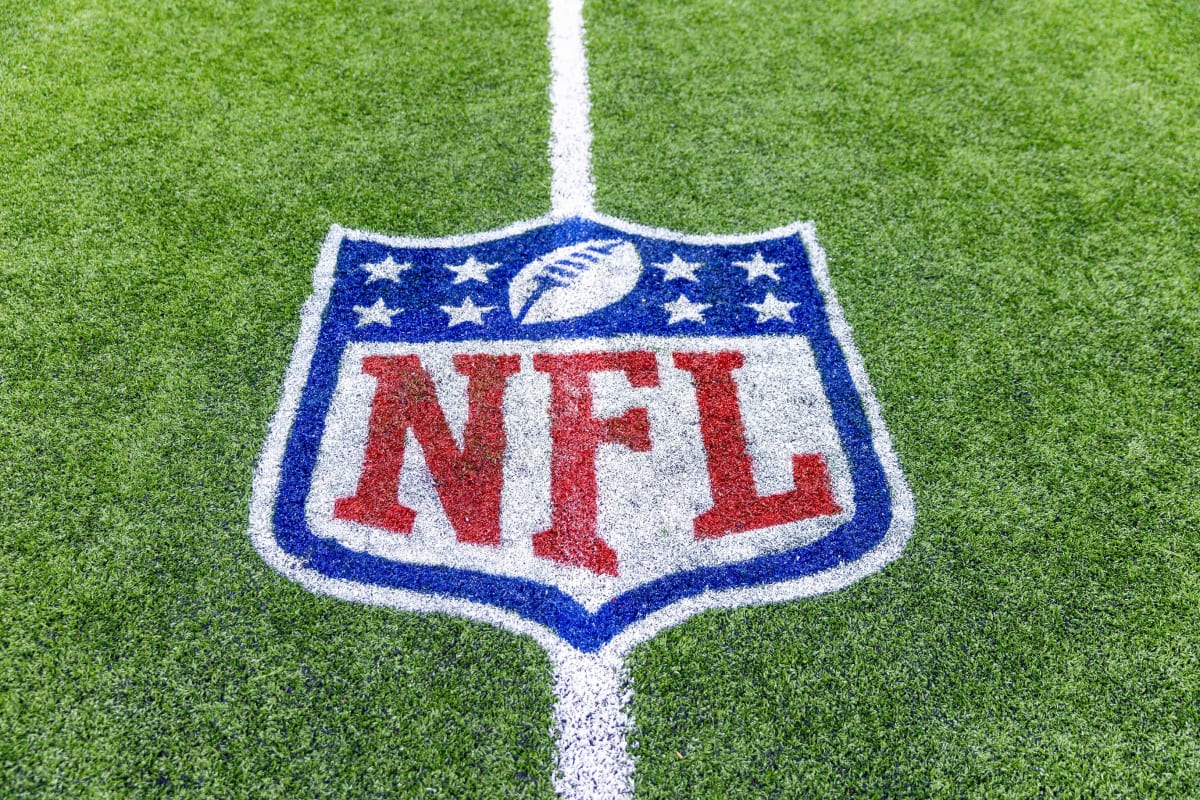
Stephen Lew/USA TODAY Sports
So where do each of the 16 NFC teams sit? Let’s break it all down.
All cap figures as of March 4 by OverTheCap.com.
Arizona Cardinals
Cap space: $56.8 million
General manager Monti Ossenfort has needs across his roster, and has the money to make significant moves. The only big free agent in Arizona is receiver Marquise Brown, who finished up his rookie deal in 2023. Beyond Brown, the Cardinals should be focused on upgrading from the outside, including along the defensive line and in the secondary.
Atlanta Falcons
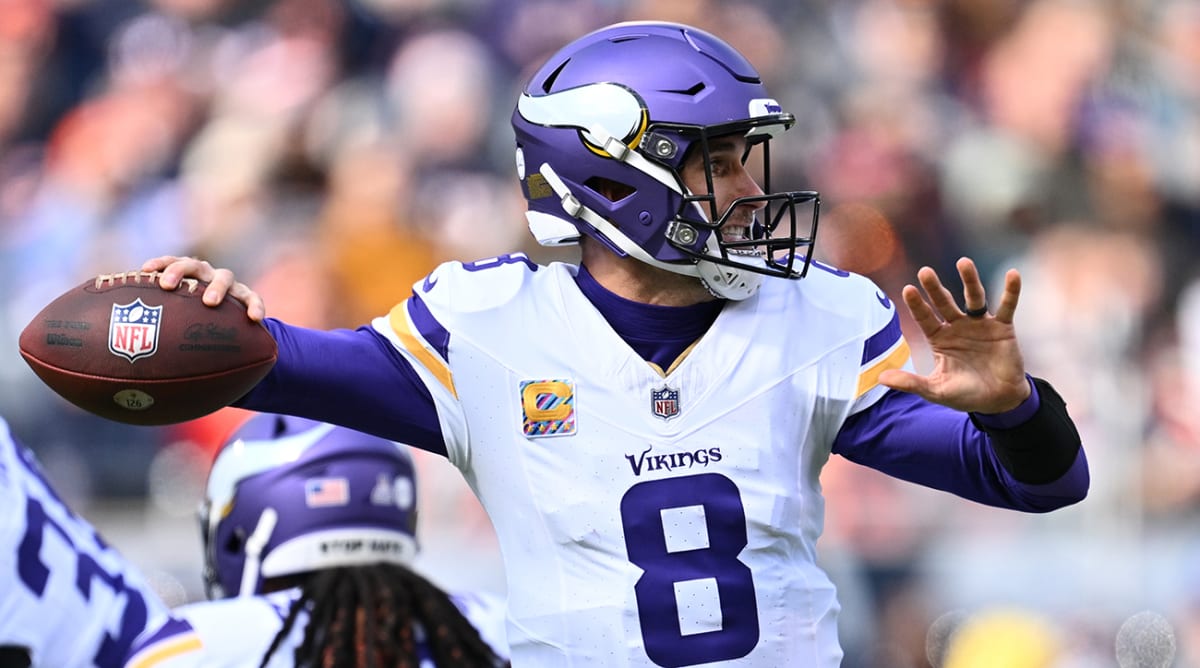
Jamie Sabau/USA TODAY Sports
Cap space: $37.6 million
The Falcons are in a great position. They don’t have any franchise-tag candidates and can go after a litany of high-end players. They can also decide to hone in on a veteran quarterback such as Kirk Cousins or Baker Mayfield without worry of a cap crunch. It’s a good spot for general manager Terry Fontenot.
Carolina Panthers
Cap space: $35 million
Considering the Panthers don’t have their first-round pick, they’ll need to upgrade almost exclusively in free agency in terms of immediate help. First-time GM Dan Morgan has to build the offensive line around second-year quarterback Bryce Young, while also adding skill-position talent. Carolina has the money, but might need to overpay considering it was 2–15 last season.
Chicago Bears
Cap space: $78.6 million
Last offseason, the Bears aggressively upgraded at linebacker with Tremaine Edmunds and T.J. Edwards. This winter, GM Ryan Poles is once again armed with cap space and could look for defense again, perhaps along the front four in hopes of fixing the pass rush. Poles could also add a receiver with Caleb Williams likely beckoning.
Dallas Cowboys
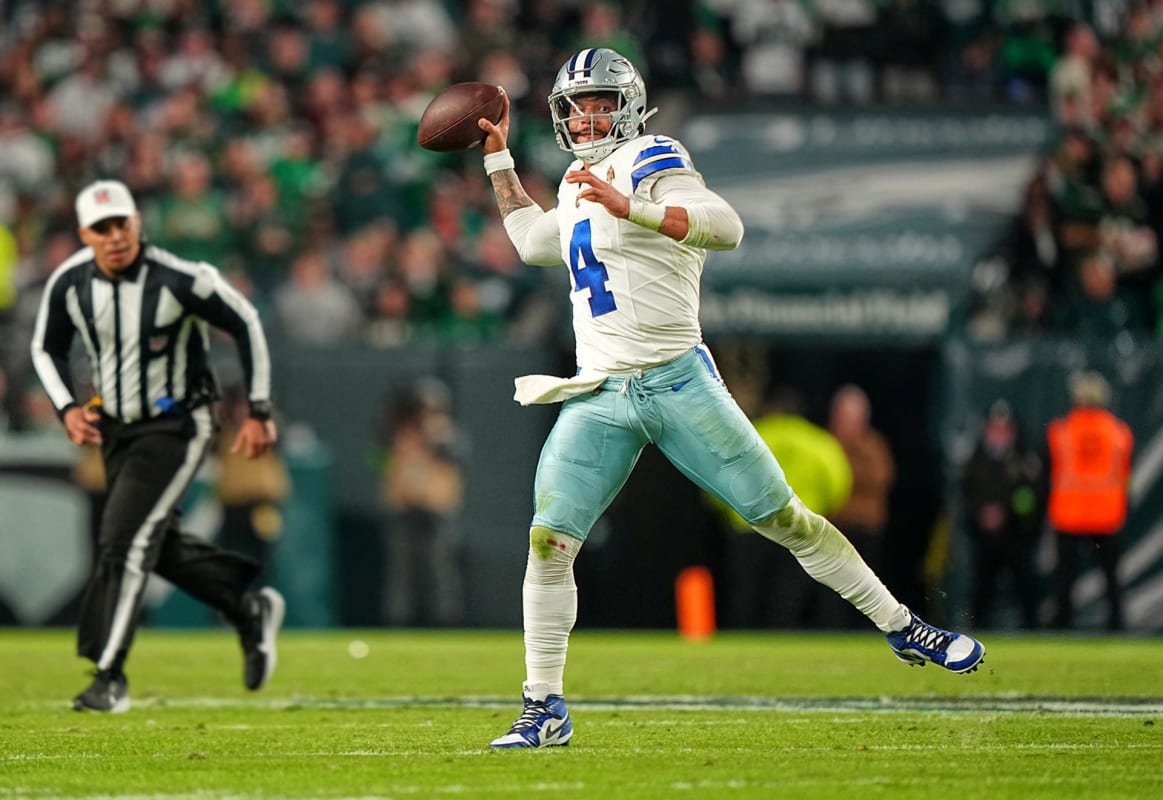
Erick W. Rasco/Sports Illustrated
Cap space: -$10.6 million
This isn’t unusual for Dallas, which typically is tight to the cap. However, that could mean the departures of left tackle Tyron Smith and defensive end Dorance Armstrong. The Cowboys essentially need to be cap compliant. This can happen with an extension for Dak Prescott, who has a 2024 cap hit of $59.4 million.
Detroit Lions
Cap space: $52.5 million
Few teams are in better shape than the Lions. Detroit has a top-10 quarterback, a slew of fantastic playmakers on rookie deals and a coaching staff that has largely stayed together. Now, GM Brad Holmes can try to add a few pieces in hopes of the Lions reaching their first Super Bowl in franchise history. The targets should largely be in the secondary.
Green Bay Packers
Cap space: $13.6 million
After making a surprising run to the NFC divisional round, the Packers have limited cap flexibility. Green Bay has a bevy of young playmakers, but could add in the secondary, specifically at safety. If the Packers can shore up the back end, they can challenge Detroit in the NFC North.
Los Angeles Rams
Cap space: $40.8 million
The Rams have stars across the offense, but need to upgrade along the back seven. GM Les Snead should be proactive in this regard, targeting corners, safeties and linebackers who can cover, giving the front four more time to create havoc. The other priority is re-signing guard Kevin Dotson, who played well in 2023 after coming over in a trade from the Pittsburgh Steelers.
Minnesota Vikings
Cap space: $34.7 million
The Vikings have a massive question facing them in whether they retain Cousins. If Minnesota does bring Cousins back, that’s going to represent the bulk of its cap space. If not, the Vikings then must find a replacement while also making decisions on edge rusher Danielle Hunter and receiver K.J. Osborn.
New Orleans Saints
Cap space: -$17.1 million
A tradition like any other. It’s the Saints restructuring themselves into oblivion, constantly shoving money into the future while everyone associated with the team pretends it’s normal. New Orleans isn’t under the cap yet, but it will be. And, considering his history, GM Mickey Loomis will add a piece or two.
New York Giants
Cap space: $32.6 million
With Saquon Barkley hitting free agency, the Giants have to figure out multiple ways to upgrade the offense. General manager Joe Schoen should spend the majority of his cap space on receiver help, a potential replacement for Barkley and some offensive line additions. Without those, New York doesn’t have much chance to compete in 2024.
Philadelphia Eagles
Cap space: $41.9 million
After a total collapse to end last season, the Eagles have to upgrade their defense. It starts with the middle of the unit, and how to get better at both safety and inside linebacker. GM Howie Roseman also has questions on the interior, with Fletcher Cox hitting free agency after the 2024 campaign. The good news? Philadelphia has cap space to improve the roster.
San Francisco 49ers
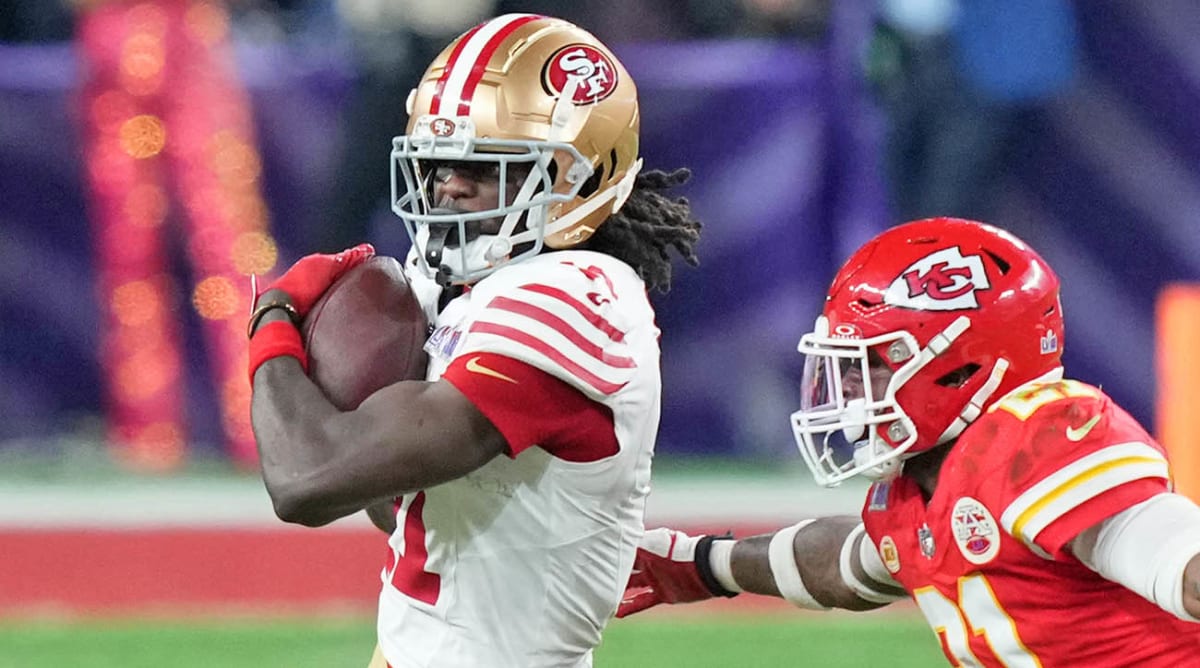
Kyle Terada/USA TODAY Sports
Cap space: -$285,281
This is a fascinating offseason for the 49ers. After 2024, they have Brandon Aiyuk, Aaron Banks, Arik Armstead, Fred Warner, Dre Greenlaw, Charvarius Ward, Deommodore Lenoir and Talanoa Hufanga slated for free agency. Then there’s the question of Brock Purdy, who will be extension eligible after one more year. GM John Lynch should look internally to shore up his defense with extensions before trying to add this winter.
Seattle Seahawks
Cap space: $12 million
Seattle is somewhat in a transition year. Mike Macdonald takes over for Pete Carroll as coach, and the Seahawks have a couple of veterans with enormous cap hits in safety Jamal Adams and receiver Tyler Lockett. Factor in Geno Smith perhaps entering his final year under center in Seattle, and the Seahawks have reason to stand pat and let things settle a bit.
Tampa Bay Buccaneers
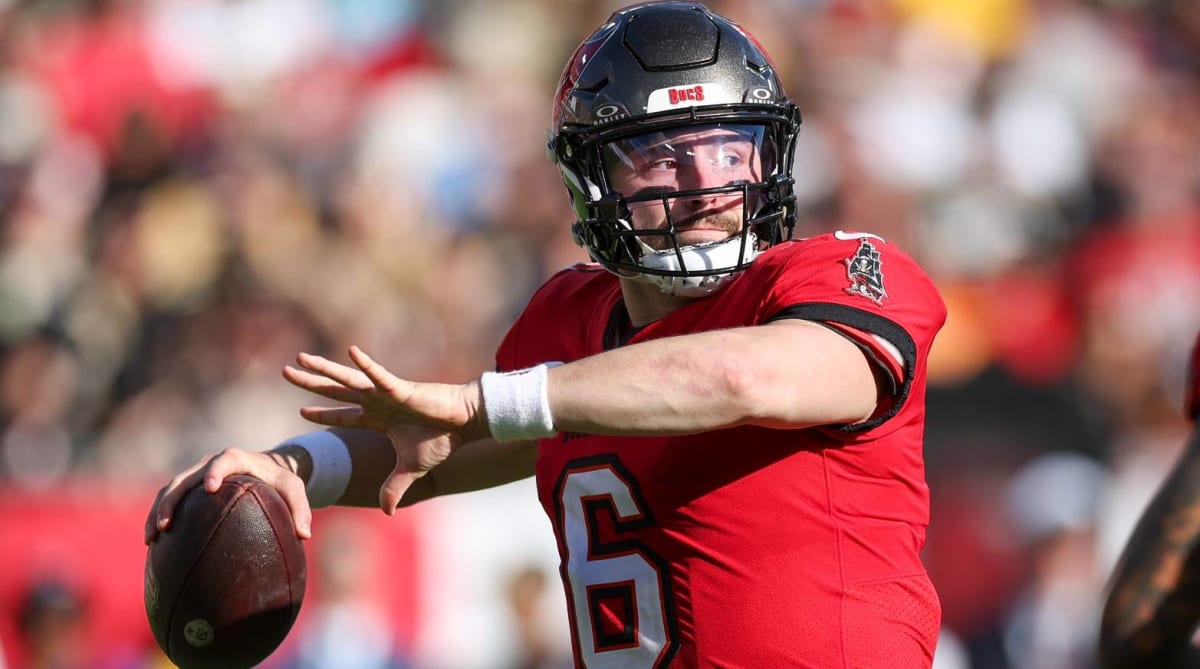
Nathan Ray Seebeck/USA Today sports
Cap space: $37.6 million
No team has more decisions to make in key areas. The Buccaneers have room to spend but need to keep quarterback Baker Mayfield after signing Mike Evans to a two-year, $52 million extension. They also will have to spend a large portion of their cap on All-Pro safety Antoine Winfield Jr.
Washington Commanders
The Commanders are flush with cap space and have an entirely new regime from coaching staff to front office. Expect Washington to be aggressive on both sides of the ball, fortifying the roster for when the team undoubtedly takes a quarterback with the No. 2 pick. If the Commanders are going to compete for a playoff berth next year, they need help across the board.







